5 Common Unconscious Biases We See in Product Development
This is the third post in a series which is studying the unconscious biases found in product development seen when we are designing products, or software people use, or when trying to uncover precisely what’s wrong with our workplace today. The first in the series can be found here: https://www.podojo.com/unconscious-bias-the-affinity-bias/
IKEA effect
Why we care
Being involved with building a product pretty much guarantees you will have a deep emotional connection to whatever product you create, build or construct. While this is seemingly quite benign, we find that the IKEA Effect is not only present, but rampant in business. Companies that have passion for that which they create, sometimes forget to ask the key question: Is it really that good?
We also see the IKEA Effect in business with an 'It wasn’t invented here’ mantra, where people tend to focus exclusively on their own ideas and irrationally avoid investment in ideas from outside the business - which could likely be quite superior.
What is the IKEA effect? (1)


The "IKEA effect" is a cognitive bias where we place a disproportionately high value on products that we were involved in creating.
Have you ever made a purchase, such as a bedroom piece or a bookcase, from IKEA, drove home, opened the box to find parts galore and funny diagrams guiding you to link part A2 with side frame D6? And perhaps you had to unscrew your work and redo it a number of times after you realized one piece of the puzzle was connected upside down? And finally when it’s all done, you stand back and say ‘TaDa’ breathing a huge sigh of relief that you’re finally done. And perhaps you’re proud of the bookcase or bedroom piece because it was not only affordable, but also because you used your own elbow grease to finish the job. And 6 months later you may notice something wrong with it, but you don’t care, you still like the piece.
The IKEA effect is all about how labor leads to love: When you use your own labor to create or build a particular product, even if done badly, you value the end result more than if you have not put any effort into the creation.
How to avoid the Ikea effect
Begin by recognizing that this effect exists. Once you have the knowledge and the language, you can then begin to balance out the decision-making protocol between internal, external stakeholders and customers. You might begin with a democratic voting process, looking ahead with your goals and plans up to 2 years out (not just the next release), taking into account the opinions of your key customers, your stakeholders, your board, experts outside of your team before going forward with a decision. Having a protocol of asking the question “Is it really that good”, and hearing from everyone else, besides the builders of the product, first.
1: IKEA Effect: When Labor Leads to Love: http://www.hbs.edu/faculty/Pages/item.aspx?num=41121

